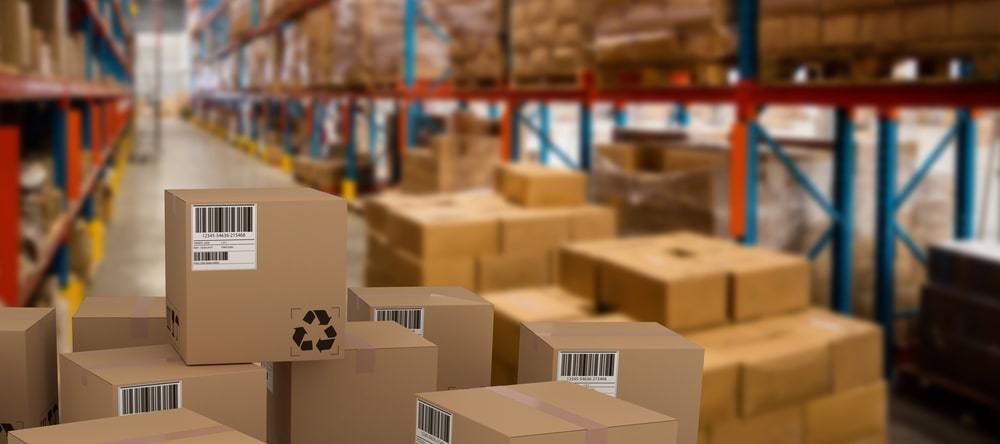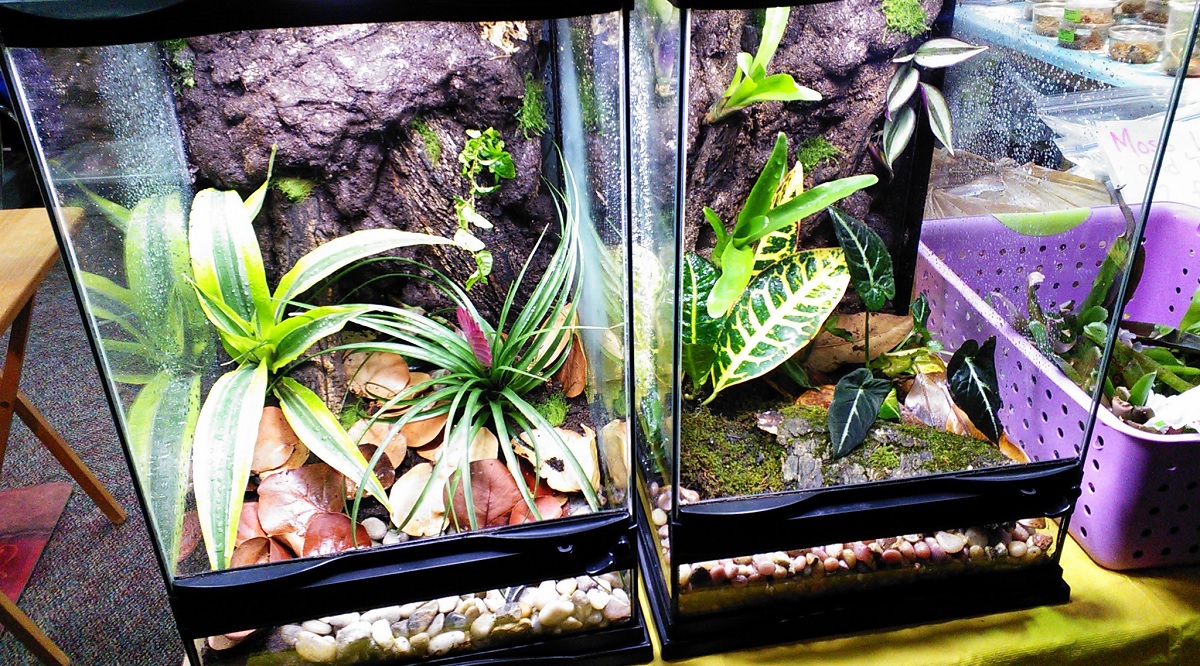Shipping boxes come in a variety of sizes, types, and materials, each designed for different purposes. Whether you’re shipping small items or large products, it’s important to choose the right box to ensure that your items arrive safely and securely. In this guide, we’ll take a look at the different types of shipping boxes available and help you choose the best option for your needs.
Types of Shipping Boxes
- Corrugated Boxes: Corrugated boxes are the most common type of shipping box. They’re made from corrugated paperboard and are designed to provide maximum protection for items during shipping. Corrugated boxes come in various sizes and strengths, making them suitable for shipping a wide range of products.
- Folding Cartons: Folding cartons are lightweight and easy to assemble. They’re commonly used for shipping smaller products, such as cosmetics and pharmaceuticals.
- Rigid Boxes: Rigid boxes are made from thick cardboard or chipboard, providing excellent protection for fragile items. They’re often used to ship electronics, glassware, and other delicate items.
- Plastic Boxes: Plastic boxes are lightweight, durable, and waterproof, making them ideal for shipping items that need extra protection from moisture. They’re commonly used for shipping food items, such as baked goods and produce.
Sizes of Shipping Boxes
Shipping boxes come in a range of sizes, from small boxes designed for shipping small items to large boxes for shipping bulkier items. Here are some of the most common sizes of shipping boxes:
- Small Boxes: Small boxes are typically less than 1 cubic foot in size and are suitable for shipping small items such as books, electronics, and other small products.
- Medium Boxes: Medium boxes are between 1 and 3 cubic feet in size and can be used to ship a variety of items, including clothing, toys, and household goods.
- Large Boxes: Large boxes are typically over 3 cubic feet in size and are suitable for shipping larger items such as furniture, appliances, and sports equipment.
Materials for Shipping Boxes
- Cardboard: Cardboard is the most common material used for shipping boxes. It’s lightweight, inexpensive, and provides good protection for items during shipping.
- Corrugated Board: Corrugated board is made from three layers of paper, providing excellent protection for items during shipping. It’s commonly used for shipping heavy or fragile items.
- Plastic: Plastic is a durable and waterproof material that’s commonly used for shipping food items, such as produce and baked goods.
- Wood: Wooden boxes are strong and durable, making them ideal for shipping heavy or bulky items. They’re often used for shipping industrial equipment and machinery.
Tips for Choosing the Right Shipping Box
- Consider the size and weight of your item to determine the appropriate box size and material.
- Choose a box that provides enough space for cushioning materials, such as bubble wrap or packing peanuts.
- Use sturdy boxes that are in good condition to ensure that your items arrive safely.
- Label your boxes clearly with shipping information, including the recipient’s name and address.
Conclusion
Choosing the right shipping box is crucial for ensuring that your items arrive safely and securely. Consider the type, size, and material of the box when selecting the right one for your needs. By following these tips, you can help ensure that your items arrive at their destination in excellent condition.





